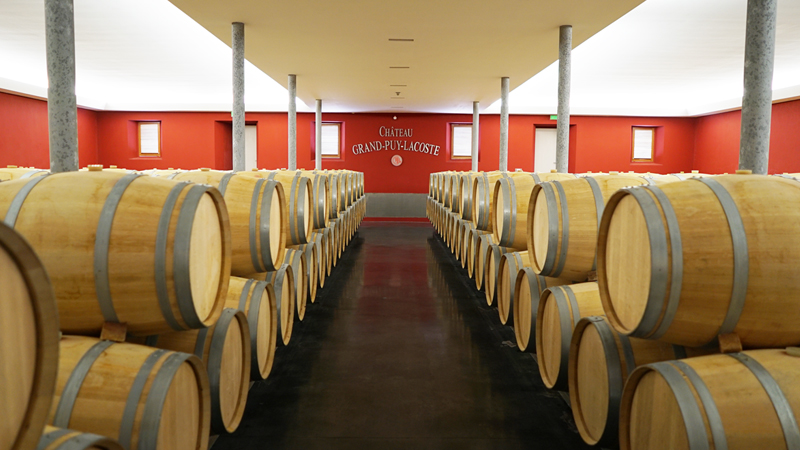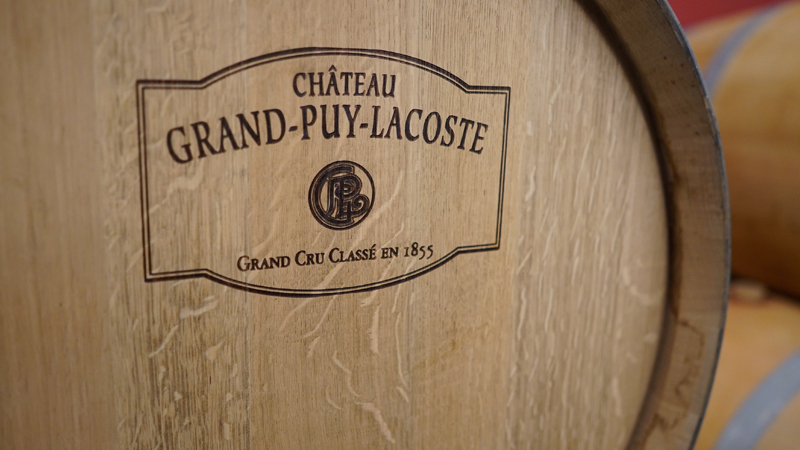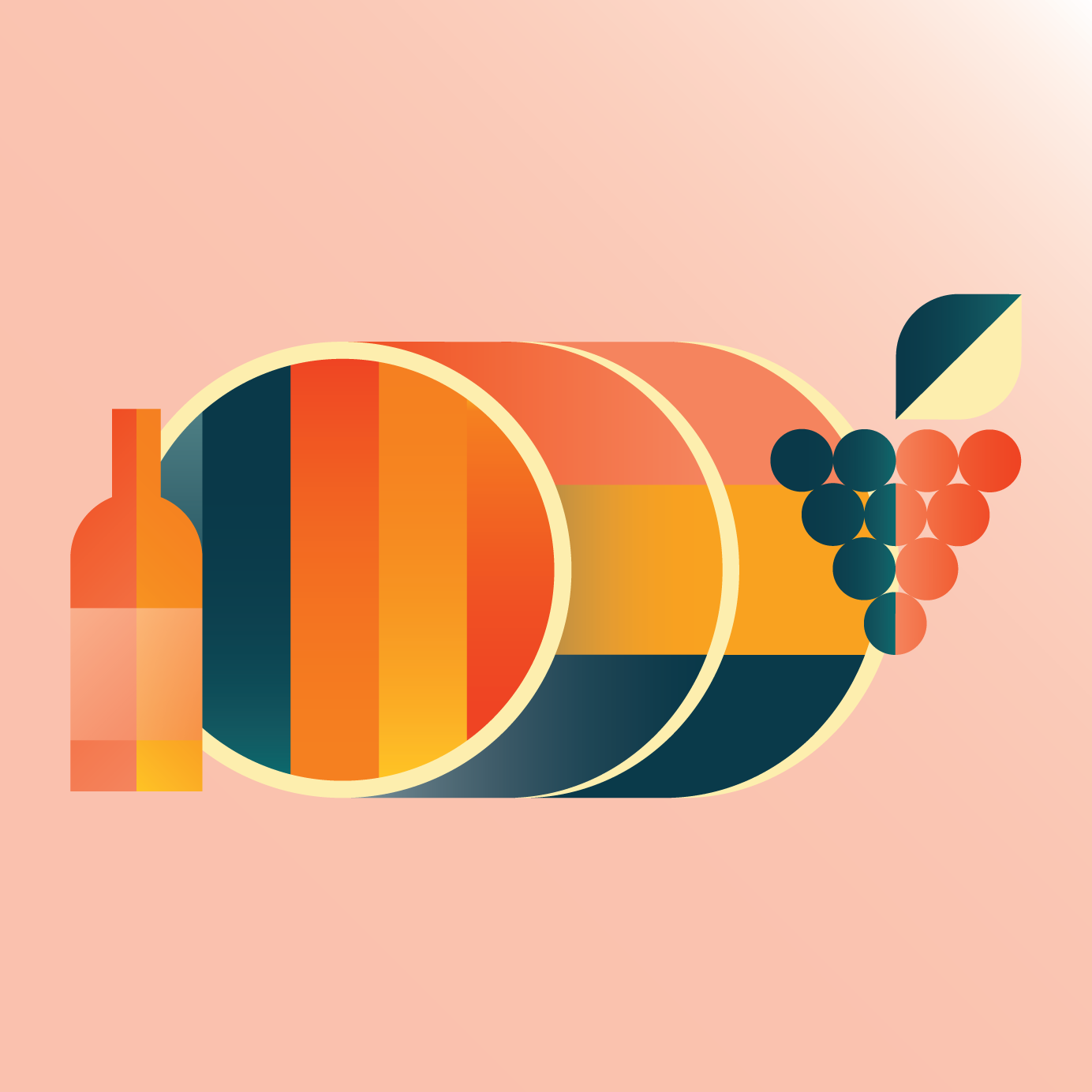
Oak is winemakers’ salt. Used correctly, it can increase the intensity and complexity of wine, add attractive flavors, and elongate the finish. When it comes to “seasoning” wine with oak, winemakers have several options — and very different intentions.
In white wines, oak can impart notes of vanilla, butterscotch, and caramel; in reds, oak adds smoke, tobacco, leather, and chocolate. Just as a chef must take care not to be heavy-handed with salt, winemakers need to ensure that oak flavors don’t become overpowering, drowning out the wine’s freshness and fruit.
We spoke with some of the world’s leading winemakers to learn about all the ways wood affects your wine.
Barrel or Stave (or Chips)
The best-known way to infuse wine with oak is to barrel-age it. Barrels are the most expensive way to use oak, but their influence on wine extends beyond flavors.
Barrels allow small amounts of oxygen to react with aging wine, which allows tertiary aromas to develop. Oxygenation also softens tannins, making wine taste smoother, though barrels simultaneously impart their own variety of tannins (ellagitannins or gallotannins) to wine.
For a cheaper option, winemakers can turn to oak staves — long strips of toasted oak that are placed in stainless steel fermenting tanks. Cheaper still are oak chips, which act as a kind of oak-flavored loose tea added to fermenting wine. These are less ideal, as their influence is harder to control.
The advantages of using oak barrels over chips or staves are numerous, even if it’s a costly process. But choosing to do so is just the beginning of a long list of other decisions to make.

Custom Barrels
Winemakers such as Daniel Daou, owner and winemaker of DAOU Vineyards in Paso Robles, Calif., work closely with different cooperages to produce custom barrels.
“When you can go buy a car,” he explains, “you can get an off-the-shelf car, or you can customize it to the way you do things. We tend to want to customize [our barrels] to match our wine, because every terroir is different.”
Famed Bordeaux Château Grand Puy Lacoste works with four French cooperages to produce over 20 styles of barrels.
Co-owner and marketing director Emeline Borie says that having a number of styles is essential in Bordeaux, where winemakers work with a blend of different grape varieties and vineyard plots with unique terroirs.
“The most interesting thing is to do a barrel tasting,” Borie says. “It’s the same wine in every barrel, but tasting side by side, they all taste completely different.”
Types of Oak
The first step of the selection process is choosing which type of oak to use. French and American oak are the two most common options, each with notable distinctions. Though based in California, Daou uses French grape varieties and works exclusively with French oak and French coopers.
American oak (Quercus alba) grows faster than French oak. For this reason, it has a wider grain, which makes it more intensely flavored. American oak provides fewer tannins, but more pronounced vanilla and caramel notes. Winemakers typically select this species for bold, powerful reds like Napa Cabs.
French oak (Quercus petraea) has a tighter grain, meaning that the transfer of flavors is slower, but better incorporated, too. It’s more porous, meaning that barrels will impart more complex flavors through oxygenation. French oak generates silky tannins and notes of spices, toasted nuts, coffee, and leather.
Quercus petraea is also grown in Hungary and Croatia, where it’s less expensive, but some winemakers don’t consider it to be of the same quality as its French equivalent.
With its tighter grain, French oak obliges coopers to split the wood in a specific way, so only 20 to 25 percent of the tree can be utilized. American oak, meanwhile, can be sawn, and around 50 percent of the tree can be used for barrel making, so it’s a much more economical choice.
Treating/Curing
After it’s been cut or split, oak goes through a period of drying outdoors while exposed to the elements. The process can take anywhere from 10 months to five years, depending on the desires of the coopers or their clients.
“I always like to give the example of dry-aged beef,” Daou says. “The longer you age beef the more flavors it has. It’s the same for wood.”
Over time, the wood’s tannins soften. “If you age it for a year, or year and half, chances are it’s going to impart a lot of tannins to the wine,” Daou explains. “If you age it for three to five years, which is what our program is, then you’re not going to really impart as many tannins, but you’re still going to impart a lot of flavors.”

Toasting
During the next stage of the process, oak is made pliable by toasting so that it can be bent into a watertight, barrel-shaped form. The level of toasting also affects the flavors the finished barrel will impart to wine.
Lighter toasting means the wood is exposed to flames for approximately 20 minutes. This imparts more oak flavors and higher tannins. Medium to medium-plus toasting, or around 30 to 50 minutes, brings out more vanilla flavors and fewer tannins.
“Our barrels are toasted at very low flame for a period of almost two and a half to three hours,” Daou says. This creates a very long finish in the wine, he explains, “And it makes sure that the toast is not so harsh that it’s going to create charred flavors — that feel like you’re drinking from mesquite.”
Newly toasted barrels are not used for every vintage. New barrels can have a heavy influence on wine, imparting a higher concentration of flavors and tannins. This may be perfect for something robust, like a new style of Barolo or a Bordeaux red blend; but it can easily overpower something more delicate, like a white wine or lighter red. For those wines, second- or third-use barrels are ideal.
Size
Barriques hail from Bordeaux and are traditionally 225 liters in volume, whereas Burgundy barrels are 228 liters. Foudres, traditional in France’s Rhône Valley and Alsace, are much larger, ranging from 1,000 to 20,000 liters.
The smaller the barrel, the stronger the oak influence because a smaller container means more of your wine is in contact with wood. Something as grand as a 1000-liter barrel will have little if any impact in terms of imparting flavor, especially after multiple years of use. Why, then, do winemakers use them? Large old barrels are used when the desired effect is to allow oxygenation to occur while maintaining a fairly neutral flavor.
Fermenting, Maturing, or Both
Winemakers can choose to ferment and/or age their juice in oak. Choosing to do both provides better flavor integration than wines fermented in stainless steel and matured in barrel. But fermenting in Bordeaux barriques or Burgundy-style barrels is costly and much more labor-intensive than fermentation in large steel vessels (because barrels are harder to clean than stainless steel).
Foudres are a more affordable option for barrel fermentation. Their larger size means they are easier to clean, and a higher volume of wine can be fermented at one time.
